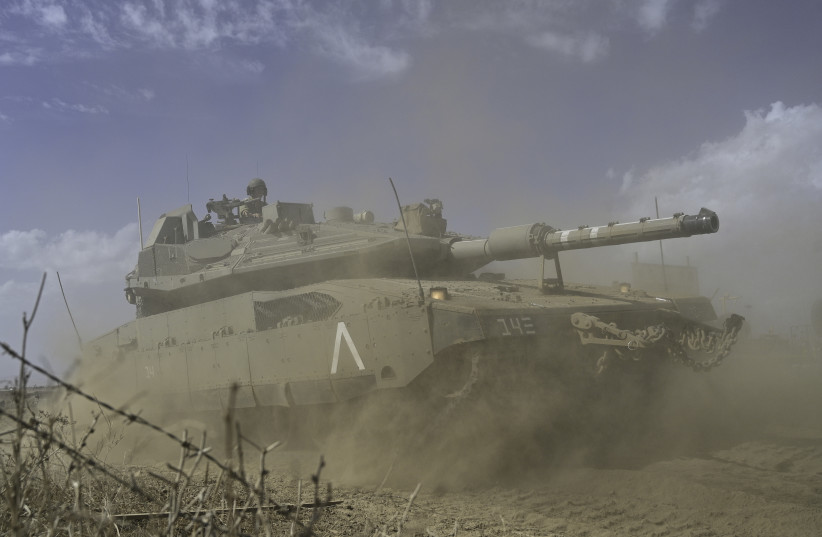Iran has begun deploying advanced anti-aircraft missile batteries to the region, including in Syria where Israeli jets routinely carry out airstrikes, in an attempt to challenge Israel Air Force jets.
Israel has carried out hundreds of strikes in Syria in an attempt to thwart Iranian entrenchment and the smuggling of advanced weapons to Hezbollah in Syria and Lebanon, according to foreign reports, and in countries like Iraq and even further as part of its war-between-wars campaign against Iran.
Over the past year, while Israeli strikes have intensified in Syria, the response time by Syrian air-defense batteries has become quicker. This has lead to the IAF changing how it acts during such operations, including by having larger formation during operations so that more targets can be struck at once instead of having jets return to the same target.
In 2018, an F-16 crashed in northern Israel after it was struck by an S-200 missile fired by Syrian forces during an Israeli operation. Syrian missiles have also landed in Israel in recent years, including this year when shrapnel from one missile hit northern Tel Aviv, and when another errant interceptor missile landed close to the Dimona nuclear site in the Negev Desert.
Iran is a top priority for Israel’s military, and Chief of Staff Lt.-Gen. Aviv Kohavi has set aside an additional defense budget for war readiness and military exercises. The IAF has also resumed intensive training for scenarios in which Iran’s nuclear facilities are targeted.
In an attempt to challenge Israeli jets, Iran has changed the deployment of its anti-aircraft missile batteries, separating their radars from the missile launchers. Such a move forces more Israeli jets to take part in any possible operation against the country’s nuclear program.
The Israel Air Force understands that the Islamic Republic’s defense industry is robust. While it might not have an air force, its drone capabilities are worrisome and pose a major threat to Israel and other regional countries, as seen by the 2019 Aramco attack and the recent deadly Mercer Street attack earlier this year.
Defense officials have identified an increased amount of Iranian drones in the hands of Hezbollah, Hamas, and other terrorist groups.
Hamas, Palestinian Islamic Jihad and Hezbollah have all used weaponized drones to carry out attacks after they invested in drone capabilities.
Drones have breached Israeli airspace in recent years, leading the IDF to scramble jets or fire missiles. Hamas used Iranian drones during the last war in May, and several Iranian drones tried to breach Israeli airspace in the North of the country.
Following the Mercer Street attack, Defense Minister Benny Gantz warned that Iran has used its drones in several attacks, and that is “exactly why we must act now against Iran. Iran not only strives to gain nuclear capabilities, but it is also sparking a dangerous arms race and sowing instability in the Middle East via terrorist militias armed with hundreds of UAVs, in Iran, Yemen, Iraq and other countries.”
Warning that the threat posed by Iran is “not a future threat but a tangible and immediate one,” Gantz vowed that Israel will work to remove any threat against Israeli citizens and interests.

